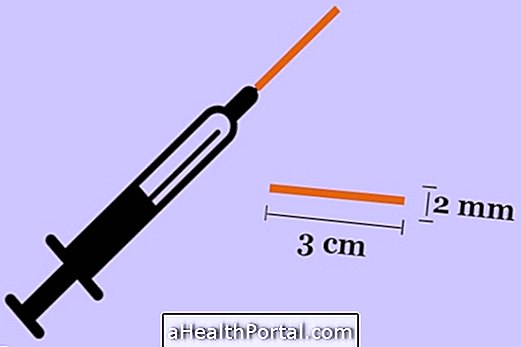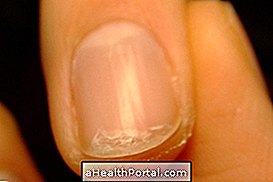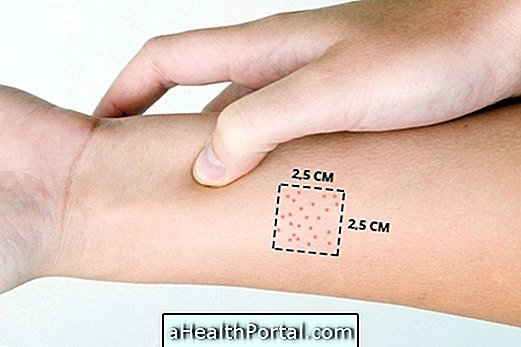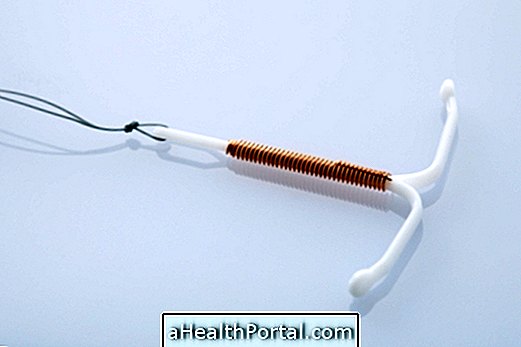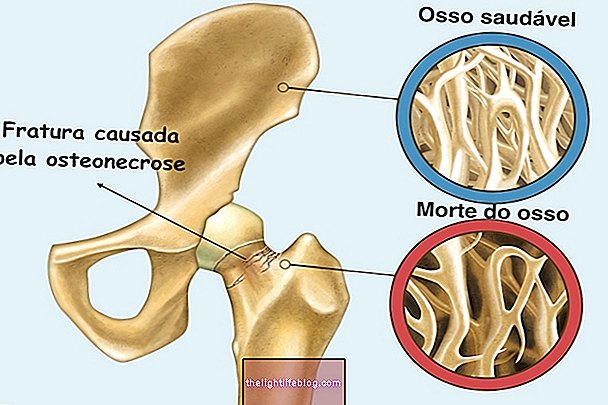The copper IUD, also known as a non-hormonal IUD, is a very effective type of contraceptive method, which is inserted into the uterus and prevents a possible pregnancy, lasting up to 10 years.
This device is a small piece of copper-coated polyethylene that has been used as a contraceptive for many years, having several advantages over the pill, such as not requiring daily recall and having few side effects.
The IUD must always be selected together with the gynecologist and should also be applied in this doctor's office and can not be changed at home. In addition to the copper IUD, there is also the hormonal IUD, also known as Mirena IUD. Learn more about these two types of IUDs.
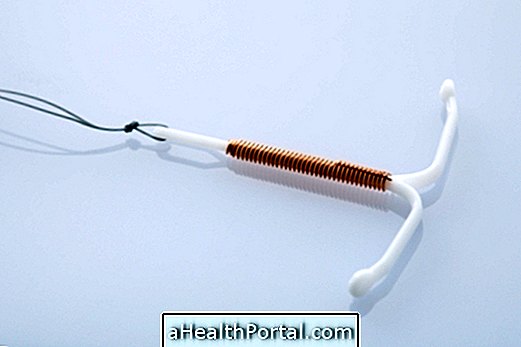
How Copper IUD Works
Although there is no proven form of action, however, it is accepted that the copper IUD changes the conditions inside the woman's uterus, affecting the cervical mucus and the morphological characteristics of the endometrium, which makes it difficult for sperm to pass to the fallopian tubes .
Since sperm can not reach the fallopian tubes, they also can not reach the ovum, and fertilization and pregnancy do not occur.
Main advantages and disadvantages
Like any other contraceptive method, the copper IUD has several advantages, but also disadvantages, which are summarized in the following table:
| Benefits | Disadvantages |
| Does not need to be changed frequently | Needs to be inserted or replaced by the doctor |
| Can be removed at any time | Insertion may be uncomfortable |
| Can be used during breastfeeding | Does not protect against STDs such as gonorrhea, chlamydia, or syphilis |
| Has few side effects | It is a more expensive method in the short term |
So before choosing to use the copper IUD as a contraceptive method you should talk to your gynecologist to see if it is the best method for each case.
Here's how to choose the best contraceptive method for each case.
How the IUD is inserted
The copper IUD should always be inserted by the gynecologist in the doctor's office. To do this, the woman is placed in the gynecological position with her legs slightly apart, and the doctor inserts the IUD into the uterus. During this procedure it is possible for the woman to feel a little discomfort, similar to a pressure.
Once placed, the doctor leaves a small wire inside the vagina to indicate that the IUD is well placed. This wire can be felt with the finger, but is usually not felt by the partner during intimate contact. In addition, it is possible that the wire changes position slightly over time or appears to be shorter in a few days, however, should only be of concern if it disappears.
What to do if you can not find the yarn
In these cases you should go immediately to the hospital or the gynecologist's office to do a transvaginal ultrasound and assess if there is any problem with the IUD, such as movement.
Possible side effects
Although the copper IUD is a method with few side effects, it is still possible to have some side effects like abdominal cramps and excessive bleeding during menstruation.
In addition, as it is a device that is placed inside the vagina there is still a very low risk of displacement, infection or perforation of the wall of the uterus. In these cases, there are usually no symptoms but the wire may disappear inside the vagina. So if there is suspicion that something has happened, you should consult your doctor immediately.
Does the IUD make you fat?
The copper IUD is not fattening, nor does it cause any change in appetite as it does not use hormones to function. Generally, only the hormone-bearing IUDs, such as Mirena, have any risk of causing any type of bodily change.

